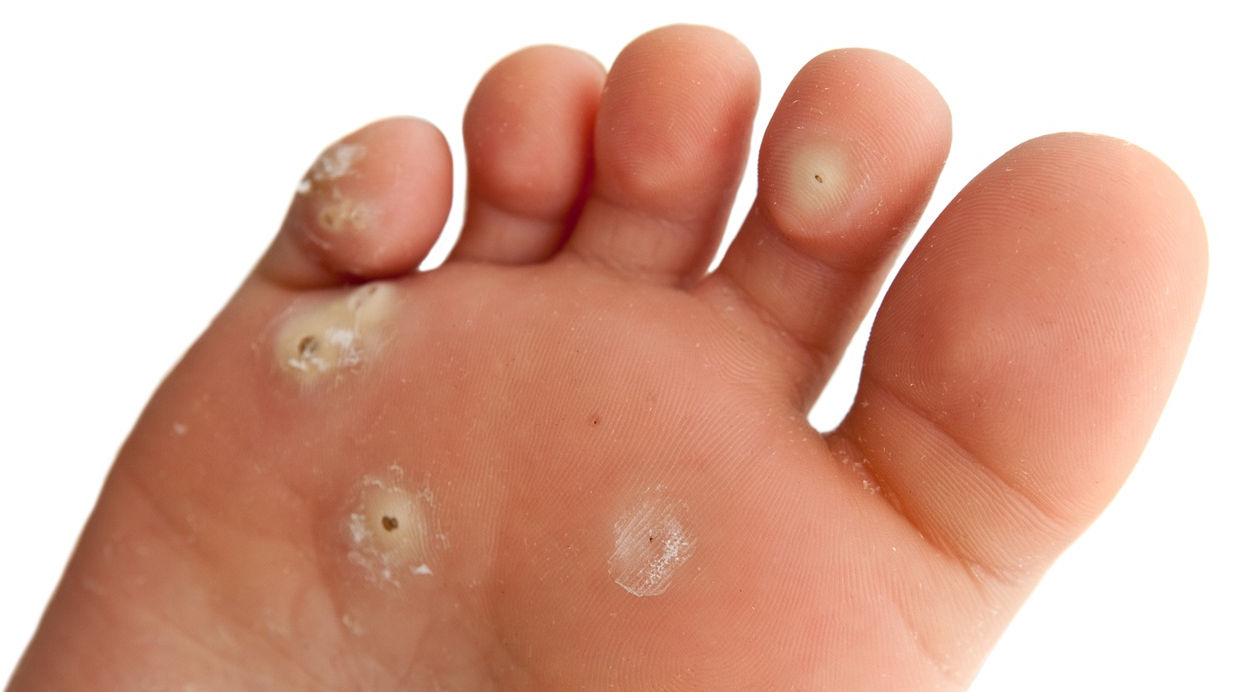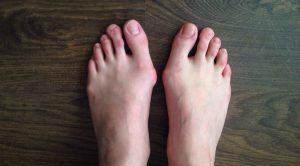Plantar warts are caused by the human papilloma virus (HPV), and can be spread in moist environments such as public swimming pools and showers. Those with compromised immune systems are at a higher risk for developing warts. Warts are typically self-limiting, however many patients seek treatment for cosmetic reasons and to prevent its spread. From least to most aggressive, treatments include: silver nitrate, salicylic acid, immunomodulators, Canthacur-PS, liquid nitrogen, surgical excision and Dry Needling for Plantar Warts.
Dry needling is a technique that can initiate an immune response to fight off plantar warts. Since warts are located in the upper layers of the skin, the immune system is unable to detect the virus and fight it. The idea behind dry needling is to push the virus particles deeper into the body in order to initiate an immune response. It takes approximately 2-4 months to see the wart resolved. Dry needling has a 90% success rate, and it is best in cases where the patient has multiple warts as only one wart has to be needled to show a response.
Local anaesthesia is injected around and under the wart to ensure the area is numb. Once the area is anesthetized, a needle is used to poke the wart until it is actively bleeding and raw (approximately 100 times). Once the bleeding has stopped, it is covered with a gauze dressing. The patient is able to weight bear immediately, however once the anaesthesia wears off (1-3 hours) the area may be painful for the next few days. Afterwards the patient does not need to do any self-care, but they will need to come in for regular follow-up appointments to remove the overlying callus.
If you have tried conservative treatments with no results and are interested in needling, contact us today at (905) 625-1555 to schedule an appointment with one of our registered chiropodists.



